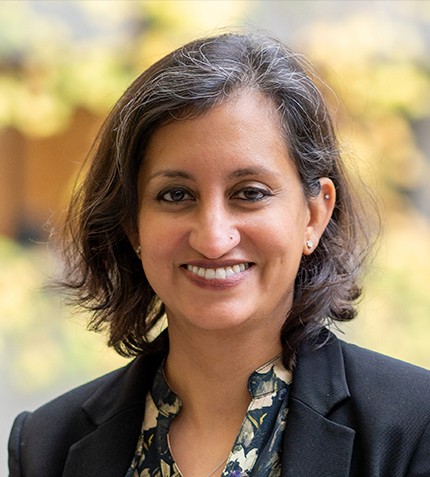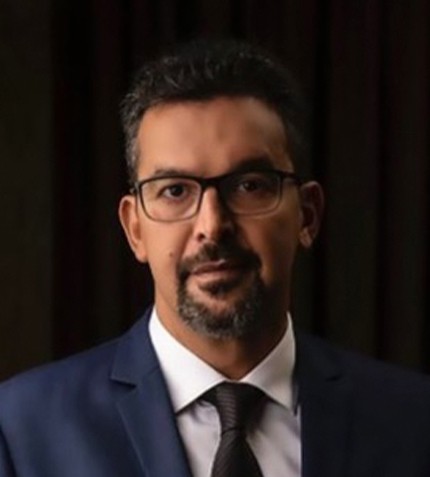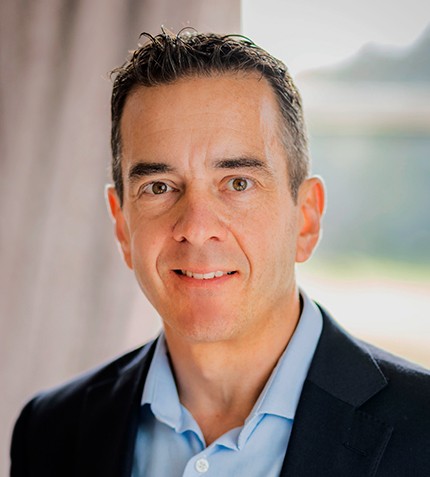
"We have developed innovative solutions for the processing of different ores, as well as for the destination of residues, aiming to mitigate the environmental impact of the operations."
Cristovam Paes de Oliveira
PRESIDENT, GORCEIX FOUNDATION
What is the history of the Gorceix Foundation?
The Gorceix Foundation was created in 1960 when the Ouro Preto School of Mines was one of the academic units of the University of Brazil. The Ouro Preto School of Mines, due to its relevance, emancipated from the University of Brazil, and a group of former students felt the need to create a foundation that could support economically challenged students of the Ouro Preto School of Mines and contribute to the scientific and technological development of the mining sector.
We operate in the areas of social support, academic support, science and technology. The Foundation has nine departments, carrying out projects developed by professors and researchers of its own personnel as well as with personnel of the Federal University of Ouro Preto, to which the School of Mines belongs today, and of many other distinguished universities, research centers and production companies in Brazil. The Gorceix Foundation also manages project resources of researchers from the Federal University of Ouro Preto and of the Minas Gerais Federal Institute, providing the financial and activities reports to the funding agencies. In addition to helping economically challenged students at the Federal University of Ouro Preto by giving scholarships, we offer academic and professional training and different types of assistance ranging from basic needs assistance grants to scientific initiation and academic merit scholarships. We offer short-term training courses for students at the School of Mines as well as courses in-company for the industry personnel.
Can you describe the Gorceix Foundation’s scientific activities?
On the scientific and technical side, we partner with the biggest companies in the mineral, metallurgical and O&G sectors, including contracts with Vale, Samarco, and Petrobras. The work of the Foundation is based on providing solutions to these companies' scientific and technological problems. We have developed innovative solutions for the processing of numerous different ores, as well as for the destination of residues, aiming to mitigate the environmental impact of the operations. In metallurgy, we helped develop solutions from pelletizing to energy efficiency, both in steelmaking and non-ferrous metals, for the most prominent Brazilian companies.
How can mining improve its reputation?
The key is mitigating the issue of environmental impact. Environmental impacts can be mitigated through proper technologies for safe processes and reduction of toxic elements. Improving the quality of waste generated by mining processes and determining how to use that waste in other activities to move towards a circular economy is a major challenge for the Brazilian mining sector.
The challenge of the Brazilian mining industry is to regain society's trust, and even recognition for its importance, by demonstrating that mining activities can be carried out safely and with enormous benefits to society. The Foundation actively seeks to support the industry in this area, developing innovative ideas for safe and reliable mining activities.
Can you describe the strengths of the Brazilian mining industry?
In Brazil, we must have clear rules and legal stability. The government can contribute in creating this environment. Additionally, mining activities generate large volumes of materials and products, which must be transported from the point of extraction to processing and export areas. The Brazilian state must improve the country’s infrastructure to support the transport of goods. Today, our transportation system is based on highways, but the most economical modes of transportation are by trains and ships. We feel that the government must continue to develop its railway transportation system, as well as the ports system, or the logistics costs will continue to be too high.
What is your priority for the near future?
At the end of last year, the Gorceix Foundation finished its strategic planning looking forward to 2026. An opportunity arose to expand the foundation’s activities through a partnership with the municipality of Ouro Preto. The partnership will create a technology park in an old, abandoned fabric factory. The Foundation wants to create a technology park focused on the mineral sector. Several companies have already announced their intention to open laboratories in this park with new facility to develop research aimed at high technological innovations in partnership with the Foundation. Over the next five years, we will dedicate ourselves to implementing this technology park, creating a legacy for future generations. We are just waiting for the agreement from City Hall.










